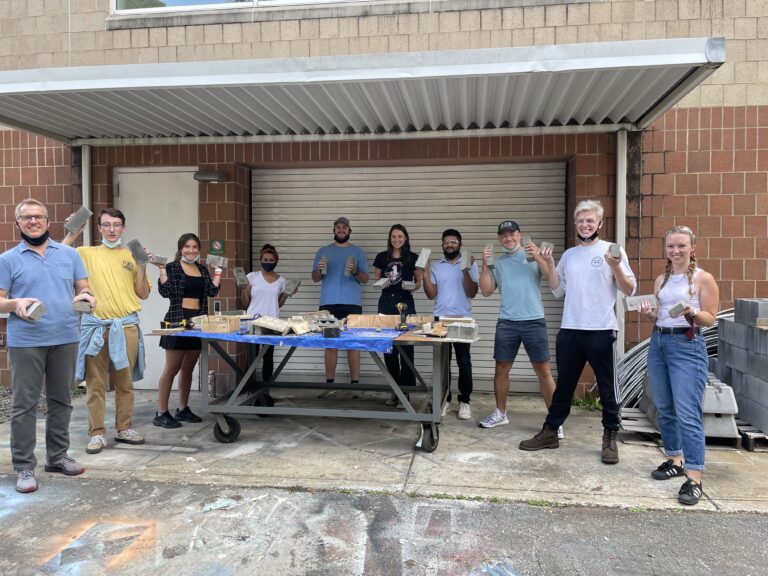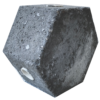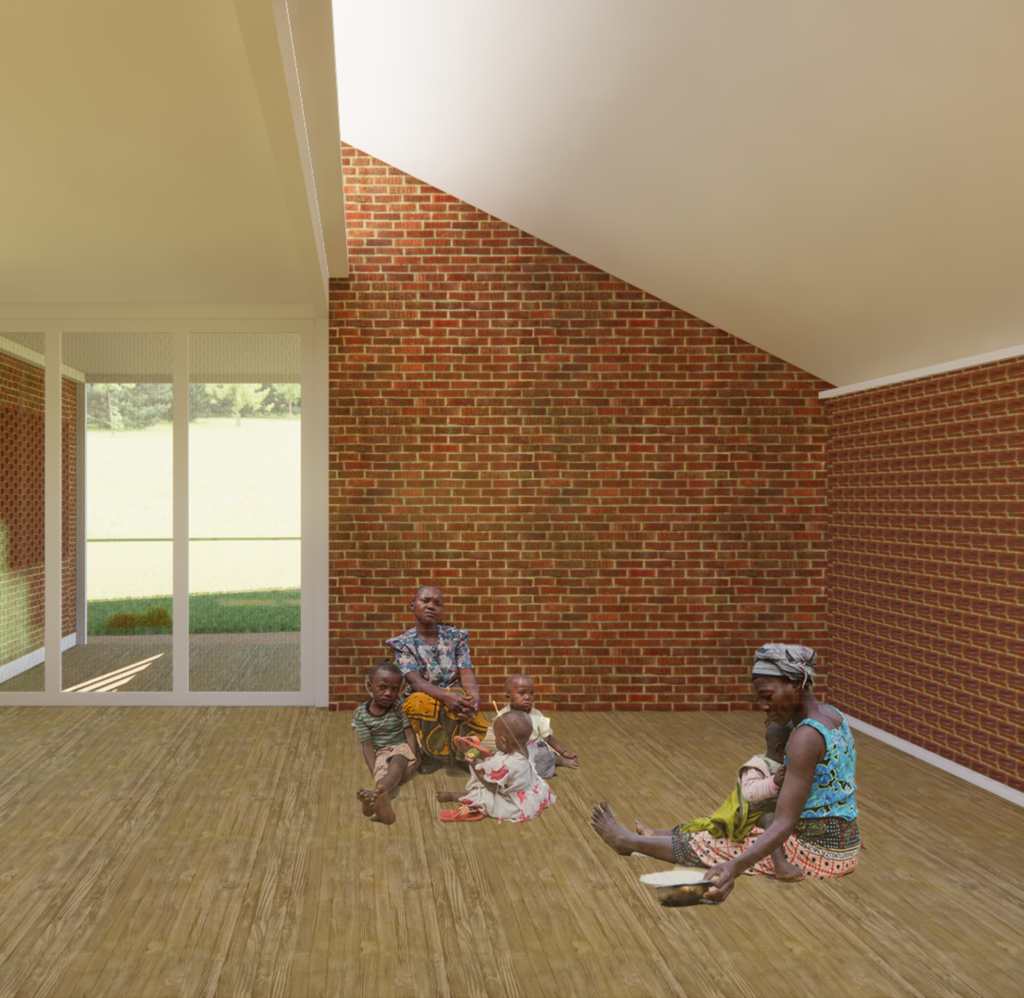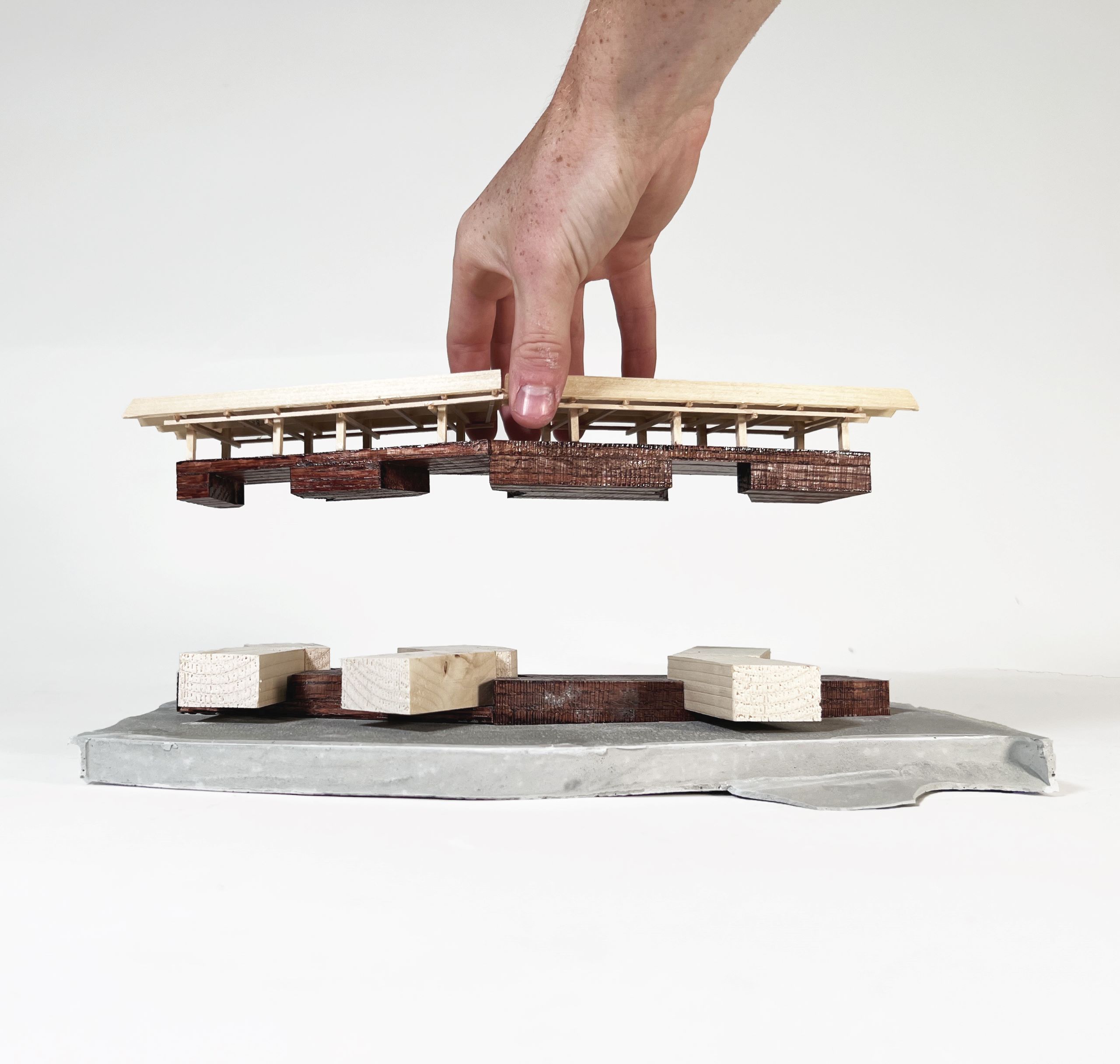Design Studios and Student Work
In this graduate topical studio, students investigated the ecological, cultural, and entomological issues that frame modern building typologies in rural Tanzania – exploring the intersection between design, disease, and a rapidly changing climate.
Most modern buildings are high-tech; however, rural communities often have limited resources for building materials. Brick is the world’s most commonly used building material with one-third of the world’s population living in buildings totally or partially made from earth. By studying the material aspects along with the synergistic relationships of heat, energy, emissions, water, information, and resources that make up a city’s public services, this humble building material has the potential to become a greater part of the urban resiliency strategy. Working collaboratively in the classroom and abroad, students will design innovative ways to reconceive modular materials to challenge existing norms of public health, construction, and material science.
Climate change dramatically increases vulnerabilities associated with mosquito-borne diseases, with rates of transmission expected to be highest in rapidly developing regions, particularly those currently supporting largely rural populations. A tremendous need exists for designing low-cost, culturally contextual buildings that exhibit a high level of functionality for mosquito control and disease prevention and offer thermal comfort without reliance on energy-intensive mechanical interventions.

PREMISE
Recent efforts to make buildings more “protective” from vector-borne diseases often lead to dwellings that have reduced air transmission and provide substandard air quality and interior comfort. In response, this course links human comfort and mosquito protection as part of a singular design proposition, dispelling the notion that protective, low-energy, and comfortable buildings must be sealed, airtight enclosures that isolate the occupant from the outdoors and much of the social life of the community that occurs there.
GOALS
Through interdisciplinary research, design, and fabrication, students will explore ecological, cultural, and thermodynamic issues that frame modern building typologies in rural Tanzania. Particular emphasis will be paid to novel applications of conventional construction techniques and affordable, low-tech building materials. Students will design a passively conditioned, protective building in rural Tanzania. While focused on one country terribly afflicted by mosquito-borne disease, the intention is that strategies embedded in the initial and subsequent prototype designs would be translatable to other low-resource communities in tropical climates. Through interdisciplinary research, design, and fabrication processes, students will explore ecological, cultural, and thermodynamic issues that frame modern building typologies in rural Tanzania. Particular emphasis will be paid to sophisticated and thoughtful applications of conventional construction techniques and affordable, low-tech building materials.
OBJECTIVES
By the end of this semester, students should be able to:
- Demonstrate awareness of the cultural issues of climate change and human health
- Develop environmental literacy related to the consequences and opportunities associated with the development of the built environment
- Generate design concepts that respond to climate and protection from disease-carrying insects
- Apply integrative design methods and systems-based thinking that reveal the intersections between scales



